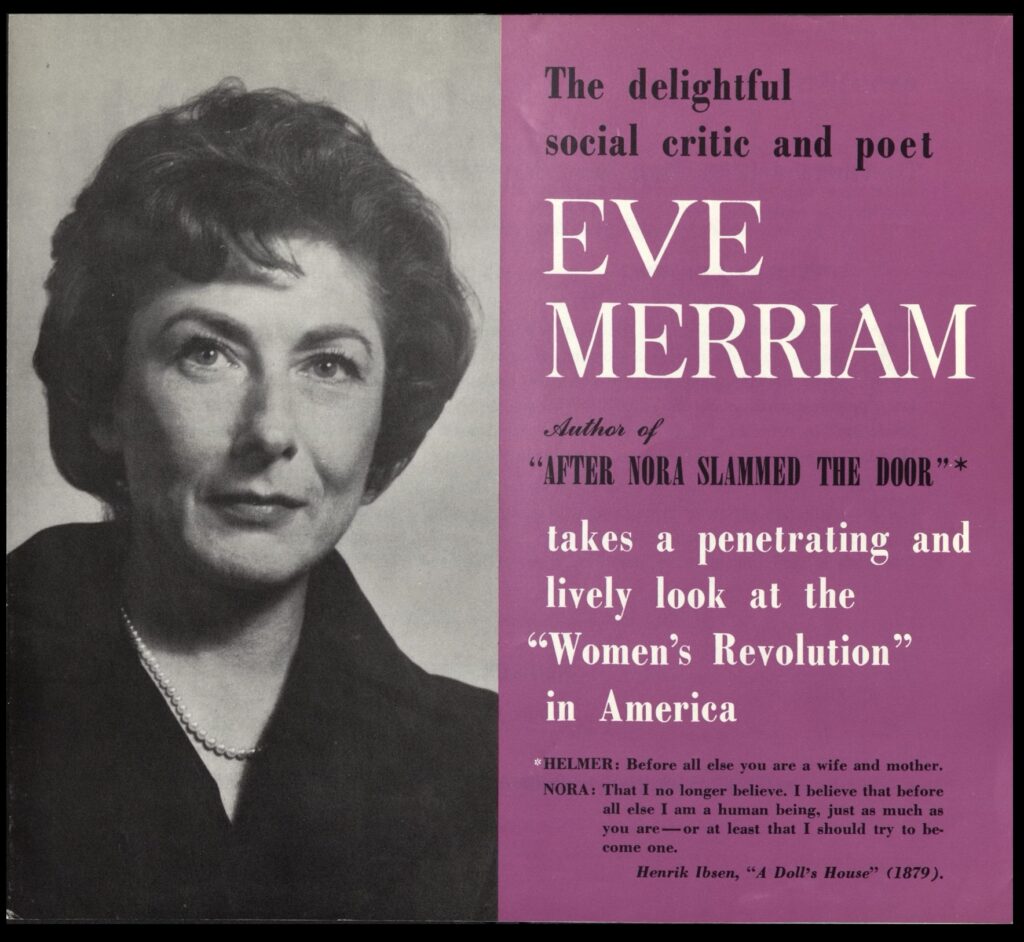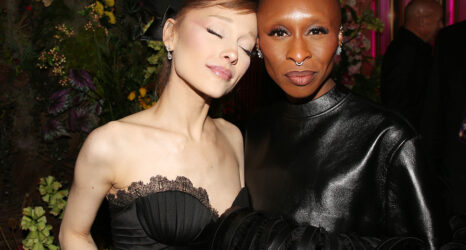
The Way We Were, which hit movie screens 50 years ago, is a film about remembering and forgetting.
The Way We Were premiered in 1973, the year of a national “nervous breakdown”—the Watergate hearings, defeat in Vietnam, Roe v. Wade, and an oil crisis. The film harkens back to earlier decades and to what feminist leader Vivian Gornick calls the “romance of American communism,” as well as the blacklist that romance produced.
Today, audiences are still drawn to the film’s unlikely romance between the unkempt, loudmouthed, Jewish radical, Katie Morosky (played by Barbra Streisand) and the gorgeous, athletic and waspy Hubbell Gardner (Robert Redford), with whom Katie falls in love, despite herself.
Beyond Streisand’s magic as an actor, Katie is unforgettable as a character. That’s because screenwriter Arthur Laurents—“a self-hating gay Jewish man” who changed his name from Levine and fell in love with a man who looked a lot like Robert Redford—put so much of himself into her, according to two new books on the film. But these books don’t tell the whole story.
Laurents also drew on memories of classmate Eva Moskovitz, who became the successful author Eve Merriam. Given that the 50th anniversary of The Way We Were is also the anniversary of Ms. magazine and a high point in the women’s liberation movement, it is worth considering what it means that in 1973, a successful female author could be recast in an iconic and beloved film as a woman willing to give up her ambitions to get the hunky guy.
In 2023, with Roe defeated amid a “new era of McCarthyism,” what The Way We Were fails to remember is as significant as the history and personal lives it recreated.

The Way We Were was the first studio-produced film to deal with the Hollywood blacklist. But Streisand’s character is also notable as an outspoken, Jewish communist.
Because Katie’s ideals remain constant, and because she ultimately leaves Hubbell when she “discovers his essential cowardice,” she was hailed in Ms. and elsewhere as a feminist. But Katie offers to divorce Hubbell so that his career in Hollywood will not be tarred by association with her. She may do this because they don’t share the same values, but it may be a favor to Hubbell. And the extent to which Katie expanded the range of female possibility is debatable. She had told her friend Frankie that she was going to be a writer, a “Marxist-oriented Jane Austen.” But when her creative writing professor selects Hubbell’s story, not Katie’s, to read out loud in class, Katie can hardly keep herself from running out of the room to vomit. When the professor tells her it takes more than commitment to become a great writer, Katie thinks to herself, “Jane Austen would not have to move over.”
Laurents claimed in his memoir that Barbra Streisand—for whom he deliberately set out to create a cinematic vehicle—reminded him of Fanny Price, a leader of the Young Communist League at Cornell during his time as a student, 1934-1938. But as Laurents also notes, this “fiery campus radical … offered little more than a beginning.”
Laurents said Katie was partly based on himself and, in fact, he recalls being devastated after a creative writing teacher suggested that he could benefit from a remedial writing class. What does it mean that Laurents displaced his own experience of being discouraged in his literary aspirations onto a woman?
Eve Merriam, who might rightfully be called a “Marxist-inspired Jane Austen,” preferred poetry to prose, but, like Austen, she satirized the practices, values and mores of her era from a feminist as well as a Marxist angle. Merriam’s hidden presence in an iconic text of popular culture, and her virtual erasure from history, points to the fact that recovering her story exposes a very different narrative about the way we were. It also says much about the way we are now.
Arthur Levine and Eva Moskovitz were virtually inseparable during the two years that the latter studied at Cornell (before transferring to Penn).
“Outsiders longing to be allowed in recognize one another easily,” Laurents said. “Eve and I were smart, but not campus smart. Our peers knew when to wear saddle shoes, we didn’t; they knew what to do in the backseat of a roadster, we didn’t.”
In discussing the origins of The Way We Were Laurents includes a photograph captioned “Eve Merriam in front of the girls’ dormitory at Cornell in 1934, our freshman year. The inevitable book is waiting patiently at her feet.”
The “inevitable book” suggests another story. And unlike Katie Morosky, Eva Moskovitz’s professors encouraged her to write. One teacher did suggest her difficulty publishing might be due to her name. So she renamed herself: Eve representing a new beginning; Merriam, taken from the Merriam-Webster dictionary, marked her love of words and suggests an endless capacity for making meaning.
Eve Merriam (1916-1992) was once a household name; now more people remember Streisand-as-Katie-Morosky than this actual, once-famous woman. Merriam, like Morosky, worked in radio during the Second World War. But Merriam actually wrote scripts instead of assisting the director. She also hosted her own radio show on contemporary poetry.
Winner of the Yale Younger Poets Prize in 1946, Merriam published books of poetry for adults and children; wrote radio and television scripts; penned lyrics for the Shirelles, the Freedom Singers and Etta James; and published social commentary and poems in forums ranging from the New Masses to the New York Times to the Ladies Home Journal. In 1956 Merriam published a “pamphlet in poetry” that was used in Southern Freedom Schools. She wrote regularly for Ms. and became their go-to person for articles about feminism and aging.
Merriam was also a pioneer in the women’s history field, writing a “dramatic revue” in the early 1950s with Gerda Lerner, who later founded women’s history as an academic discipline. Merriam wrote the first televised program on women’s history, narrated by Mary Tyler Moore and aired for the U.S. Bicentennial.
Several of Merriam’s works became core texts of 1970s feminism. The Club, for instance, in which women in drag portray men making sexist jokes at a turn-of-the-century club, won ten Obie awards and is still performed. After seeing The Club, Norman Lear invited Merriam to work on his short-lived program, All That Glitters, which featured the first transgender character on television.
Like Hubbell and Katie, Laurents and Merriam had a complicated relationship, for very different reasons.
“She didn’t know that I was learning what to do in a deserted fraternity dormitory with an athletic classmate who was very accomplished at doing what he pretended we weren’t doing,” Laurents said. “I didn’t know if she was picking any fruit in that garden but I wondered.”
Although Laurents knew even in college that he was attracted to men, he was not yet comfortable with his sexuality. Merriam was fun and easy to be with—“her intelligence was not intimidating and she was quirkily funny”—and just as neither of the two ever asked whether the other was a member of the Communist Party, they also kept silent about things that maybe they should have discussed.

Like Morosky, Merriam was a woman with self-doubts and complex feelings about love and relationships: she married four times and had passionate affairs during two of her marriages. But unlike Katie, who channels her own writerly ambitions into Hubbell, Merriam was persistent not just about politics, but also about pursuing her career as a creative professional. And she continually remade herself—wife, mother, poet, radio personality, fashion maven, public intellectual, playwright, children’s author and, always, feminist. She fought against society’s failure to allow women and girls to thrive as full human beings, and also against racism, crass materialism, economic inequality and dismissive attitudes toward children—not only writing the groundbreaking Mommies at Work in 1955, but also the first “Story for Free Children” in the premier issue of Ms., among many other works for “free children.”
The Way We Were raises important questions about popular memory, the links between private lives and public history, and the stakes of remembering and forgetting. The film also revived long-simmering debates about the Popular Front, informing, and the supposedly inauthentic and shallow character of the “Stalinist” mindset, debates that, in subtle and often complex ways, informed reception of Eve Merriam’s work.
Eve Merriam is significant not because Arthur Laurents used her as a model for Katie Morosky in his iconic film, The Way We Were. Still, the way in which that film reflects upon the significance of what we remember and what we forget, the way it adapts “public history … with tender particularity to … personal lives,” and the way it displaces a gay man’s anxieties onto a female character, even as it erases the real history of a woman who inspired that character, seems enormously relevant, not just as a relic of 1973, but also today.
Up next:
U.S. democracy is at a dangerous inflection point—from the demise of abortion rights, to a lack of pay equity and parental leave, to skyrocketing maternal mortality, and attacks on trans health. Left unchecked, these crises will lead to wider gaps in political participation and representation. For 50 years, Ms. has been forging feminist journalism—reporting, rebelling and truth-telling from the front-lines, championing the Equal Rights Amendment, and centering the stories of those most impacted. With all that’s at stake for equality, we are redoubling our commitment for the next 50 years. In turn, we need your help, Support Ms. today with a donation—any amount that is meaningful to you. For as little as $5 each month, you’ll receive the print magazine along with our e-newsletters, action alerts, and invitations to Ms. Studios events and podcasts. We are grateful for your loyalty and ferocity.





